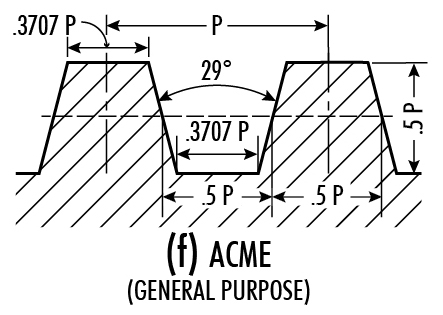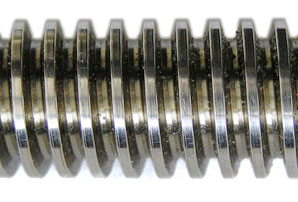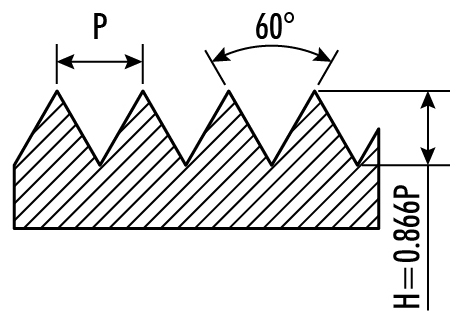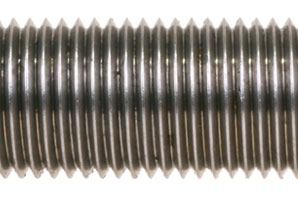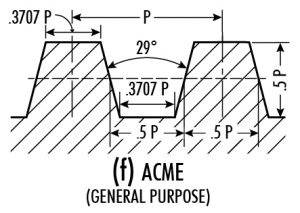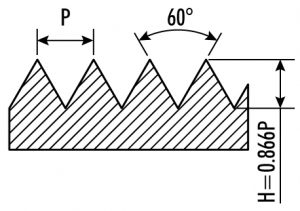We’re kicking off our first blog post with a big announcement. Many of our customers have asked if we will ever use ball screws, due to their higher efficiencies, in any of our machines. We are proud to announce that we are introducing ball screws in our new Chucker Lathe, available exclusively on our Industrial Products Division website. We will also be offering ball screws on our mills in the near future. Keep checking the blog page for an updated timeline. We are currently waiting for our shipment of ball screws to arrive (October – November 2017). If you are interested, contact us via email at sherline@sherline.com and we will put you on the interested list.
LEADSCREWS EXPLAINED
Leadscrews translate rotational motion to linear motion. There are three types of leadscrews in the machining world: ACME screws, ball screws, and roller (planetary) screws. The differences are in the thread shape and the design and operation of the matching nut. For brevity’s sake, we will discuss only the ACME and ball screws in this post.
Sherline uses rolled “V” thread leadscrews, which is similar in shape and function to the ACME thread. The “V” thread shape generates a bit less force than the ACME thread shape. The ACME thread is also more resilient to chips and debris. We use a pair of oppositely loaded brass nuts to compensate for backlash, which adds friction. The thread profile shape of an ACME screw is trapezoidal, which offers high strength (see pictures for reference).
Because of our machine size and the manufacturing process, we chose the “V” UNC style thread for our Sherline leadscrews.
BALL SCREWS EXPLAINED
Ball screws use circular or ogival (Gothic arch) threads. The nut has the same thread, letting ball bearings fit between the two grooves to transmit force and relative motion. The circulating balls travel inside the thread form of the screw and nut, and balls are recirculated through various types of return mechanisms. Low friction in ball screws yields high mechanical efficiency compared to other leadscrew alternatives, and efficiencies can range from 70% to 95%. While reducing friction, ball screws can operate with some preload, effectively eliminating backlash (slop) between input (rotation) and output (see pic).
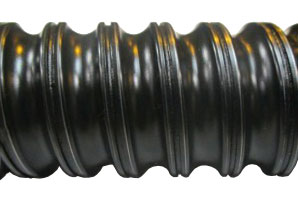
SHERLINE BALL SCREW SPECIFICATIONS
Rolled Ball Screw with BSH Nut .10mm Diameter, 2mm Lead.C7 Accuracy, P1 Preload. The linear accuracy is 50 micrometers/300mm (0019″/11.811″).
MORE INFORMATION
If you are interested in learning more about the differences between the various leadscrew types click on the following links:
Linear Motion Tips: http://www.linearmotiontips.com/ground-vs-rolled-ball-screws-manufacturing-method-matter/
Ball Screw animation: https://www.youtube.com/watch?v=OeokGSdVTAg
Ball Screw: https://en.wikipedia.org/wiki/Ball_screw#Description_and_operation
ACME Screw: https://en.wikipedia.org/wiki/Trapezoidal_thread_forms#Acme_thread_characteristics
